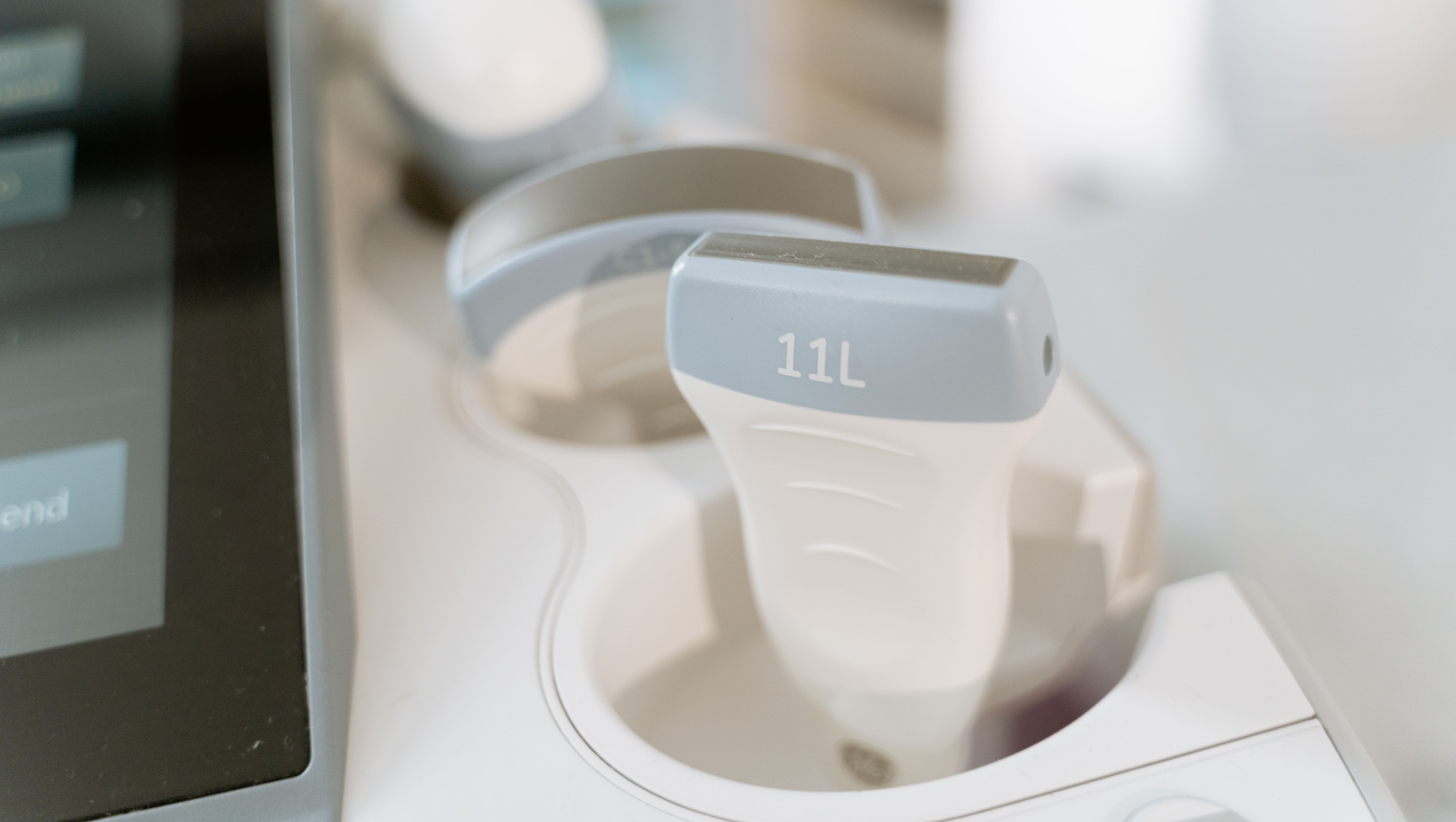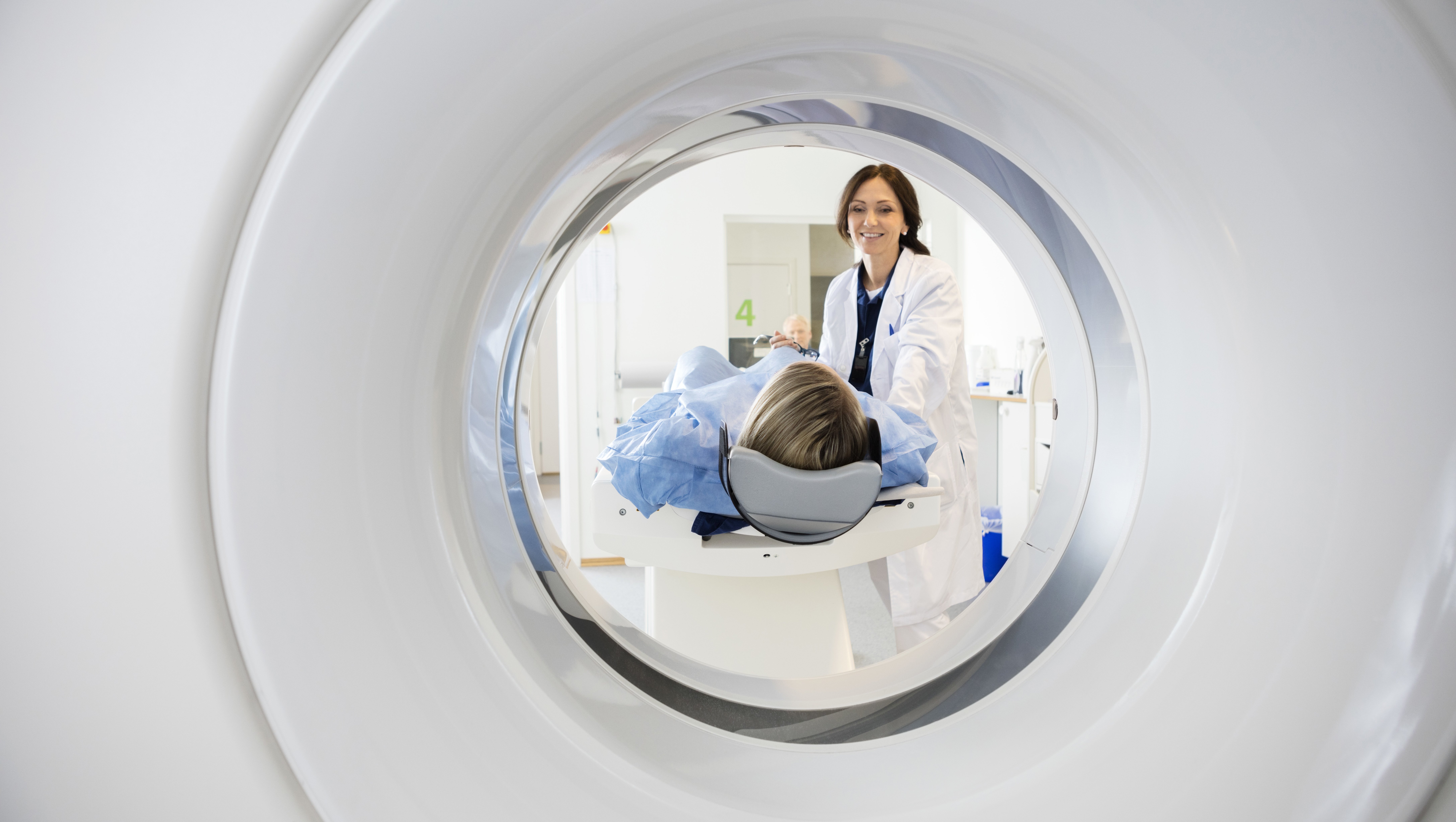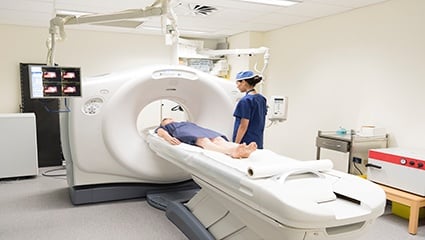The importance of accurate and complete coding cannot be overemphasized for any area of radiology, but the complexity of interventional radiology (IR) coding makes it even more critical for optimal reimbursement. The prerequisite for complete coding is thorough documentation that includes all of the required elements, along with a coding team that is highly trained in IR.
Interventional Radiology Coding: Enhanced Reimbursment Strategies on June 11, 2024
Categories: radiology documentation, interventional radiology, IR coding, interventional radiology billing
Complete documentation of any radiology procedure is the key to appropriate reimbursement. This is especially true for venous duplex Doppler ultrasound exams, where including fewer than the required number of elements for a complete procedure will result in reimbursement for a limited study.
Categories: radiology reimbursement, radiology documentation, ultrasound
Coding And Documentation For Arterial Embolization on August 29, 2022
Arterial catheter embolization is an interventional radiology procedure that requires detailed documentation of the steps performed by the physician to maximize coding and reimbursement. The procedure places medications, embolic agents, or a radiopharmaceutical into a blood vessel to prevent abnormal bleeding, close off vessels, eliminate abnormal connections between arteries and veins, or to treat aneurysms or tumors. Common embolization procedures include the treatment of uterine fibroids or the destruction of liver tumors using y-90 radioembolization.
Categories: radiology documentation, interventional radiology, IR coding
ICD-10 Coding Changes That Will Impact Radiologists In 2022 on October 14, 2021
The annual changes to the ICD-10-CM[i] coding system come in two forms. The Coding and Reporting Guidelines describe how the codes are to be used, and then there is the list of available codes themselves. 159 new codes became effective on October 1, 2021, and many codes have been revised or deleted. Not surprisingly there are a few revisions to the reporting of COVID-19 infections and related conditions.
Categories: radiology documentation, radiology coding, icd-10, CPT codes, radiology
Get Ready for Changes to Radiology Billing in 2020 on December 23, 2019
Our own Sandy Coffta, Vice President of Client Services, spoke with Aunt Minnie’s Brian Casey at the 2019 RSNA Annual Meeting in Chicago. In the interview posted on auntminnie.com, Sandy mentioned some of the highlights that practices should be concerned about in the coming year.
Categories: radiology reimbursement, radiology billing, radiology documentation, radiology coding, radiology
Medicare’s AUC/CDS Mandate Will Begin Next Year on January 29, 2019
We’ve been watching the development of the Appropriate Use Criteria/Clinical Decision Support (AUC/CDS) requirement since 2014 when it was first included in the Protecting Access to Medicare Act (PAMA 2014). The latest Medicare Physician Fee Schedule (MPFS) confirms that the requirement to use CDS will begin this coming year on January 1, 2020, but imposition of any penalties associated with the referring physician’s failure to do so will be delayed until 2021. We are currently in a voluntary reporting period that runs through the end of 2019, so it’s a good time for every radiology practice to review where it stands with regard to this important Medicare regulation.
Categories: radiology reimbursement, radiology documentation, CDS, radiology, AUC
Helping Our Computers Help Us: Standardizing Radiology Reporting to Benefit from Emerging Technologies on June 7, 2018
In an article published in the online Journal of the American College of Radiology1, authors from Duke University Medical Center Department of Radiology present a study conducted to demonstrate the variability and complexity of radiologists’ dictated notes. The authors chose to analyze the language used to describe normal thyroid glands in chest CT reports as a “surrogate for the broader readability of radiology reports”. In a sample of nearly seven thousand non-contrast chest CT reports, the researchers found 342 unique sentences or phrases describing a normal thyroid gland. Furthermore, linguistic analysis suggested that descriptors for a normal thyroid gland require an advanced college-level education for comprehension. This text is well above the national average health literacy level and results in reports that are difficult for patients to understand.2
Categories: radiology documentation, radiology, structured reporting, artificial intelligence
In radiology, like all other medical specialties, proper documentation is critical to achieving appropriate reimbursement. If the proper terminology is no used or important descriptors are omitted from the radiology report, the physician may not get paid for the services he or she performed.
Categories: radiology reimbursement, physician reimbursement, radiology documentation, radiology
Radiologists on Appropriate Use Criteria Support | HAP on May 8, 2017
Radiologists are understandably nervous about the Medicare rule requiring the use of Appropriate Use Criteria and Clinical Decision Support (AUC/CDS) systems.
Categories: radiology reimbursement, radiology documentation, clinical decision support, CDS
How to Be Sure Your Radiology Documentation Supports Proper Coding for Moderate Sedation on March 2, 2017
The Medicare Physician Fee Schedule (MPFS) for 2017 contained some revisions to the coding and reimbursement for moderate sedation that will potentially impact radiology practices. Previously, moderate sedation was not separately reimbursed for many of the procedures listed in Appendix G of the CPT®[i] codebook. Sedation was bundled with the basic procedure, but now it will be reimbursed in addition to the basic procedure. There are important guidelines and documentation that must be met in order to use these codes, and radiologists interested in maximizing their reimbursements should review their reporting to be sure it supports proper coding under the new rules.
Categories: radiology documentation, radiology coding














